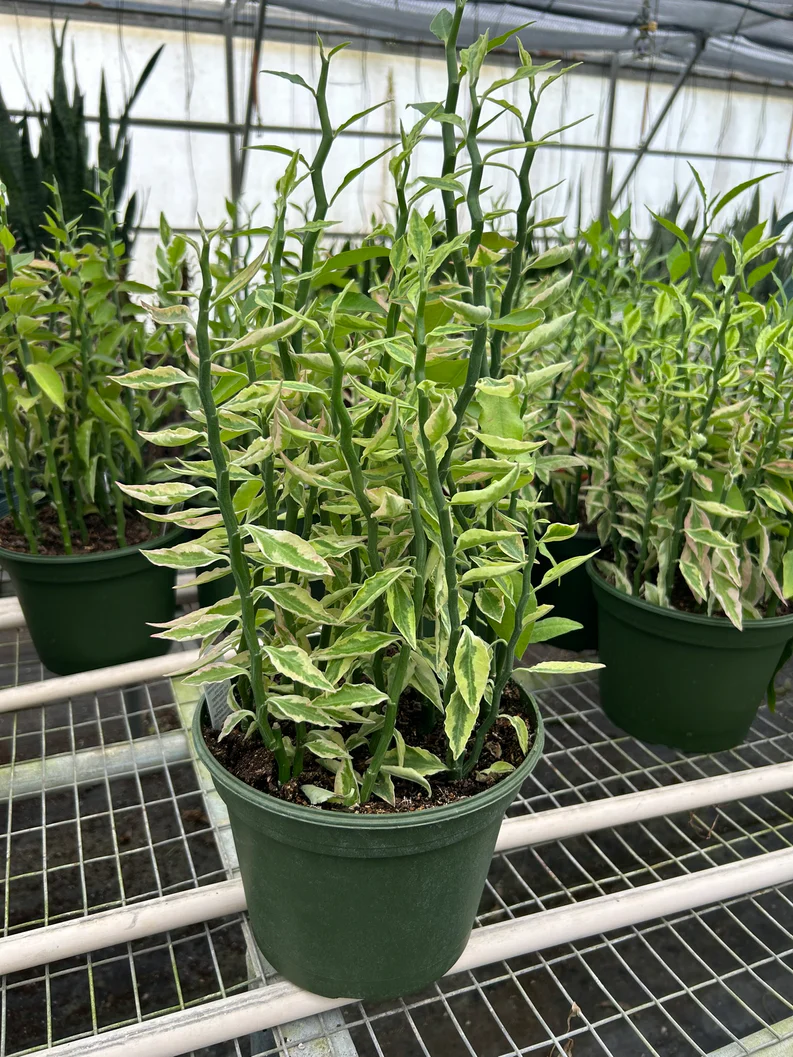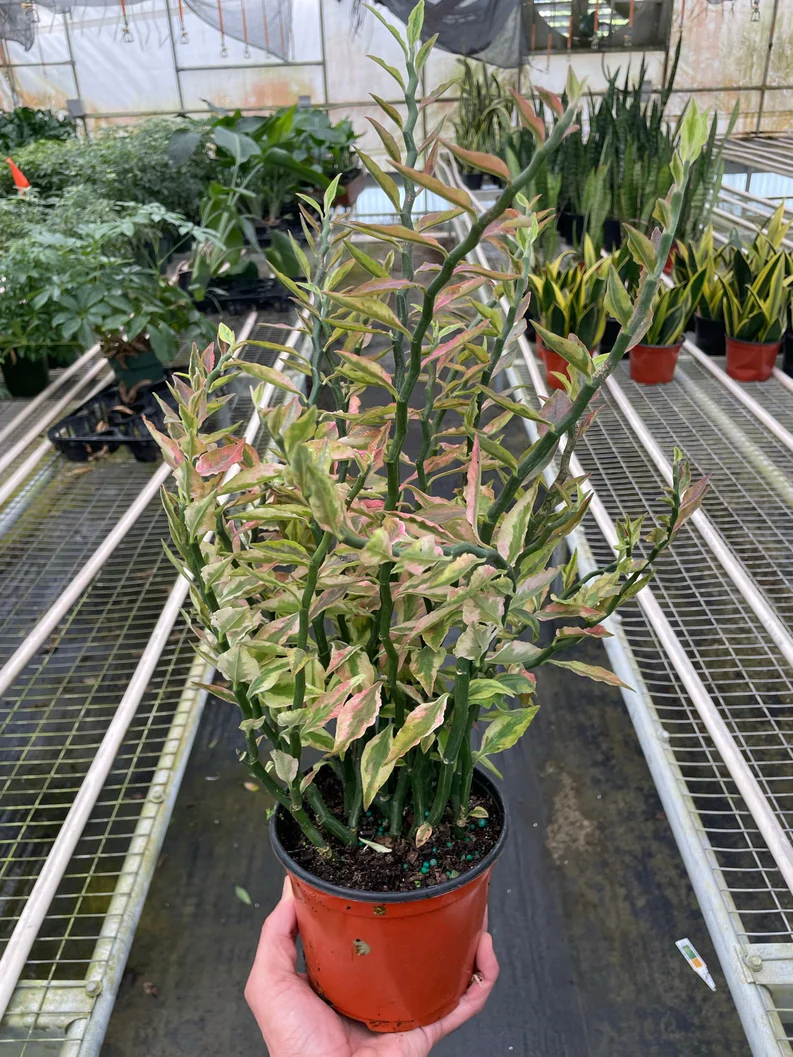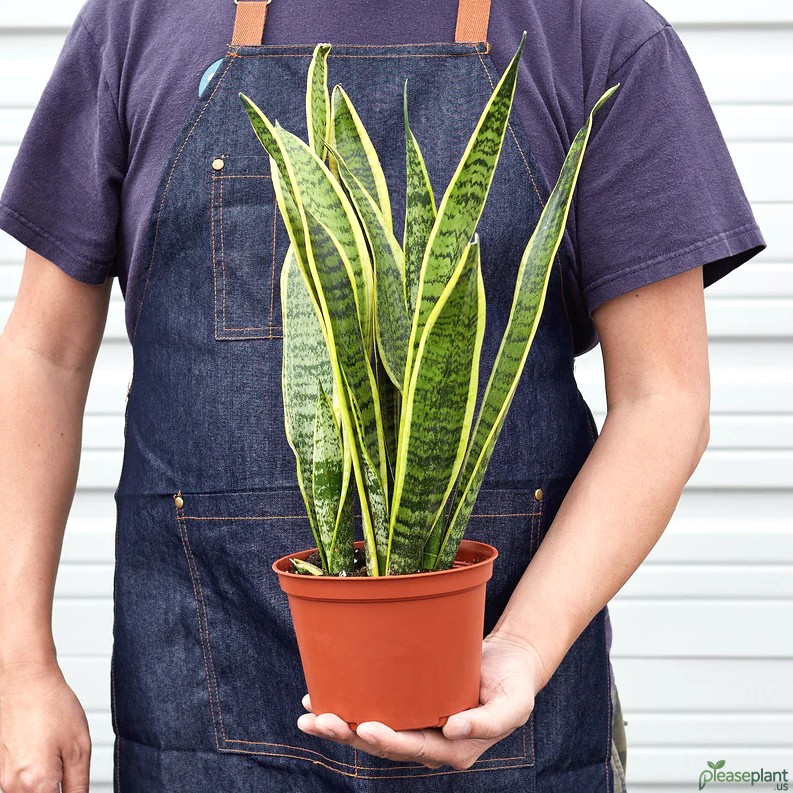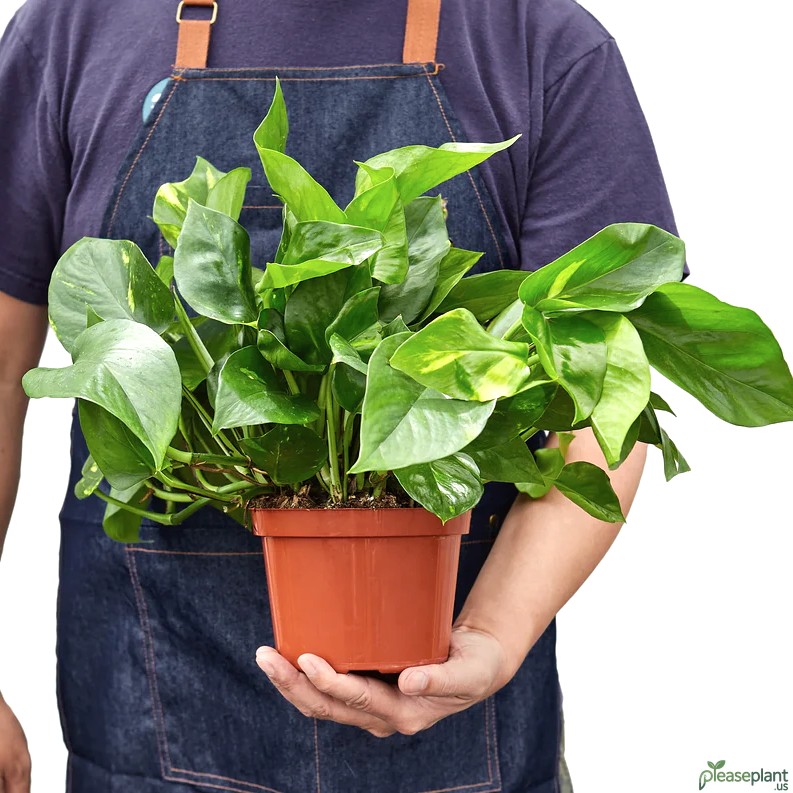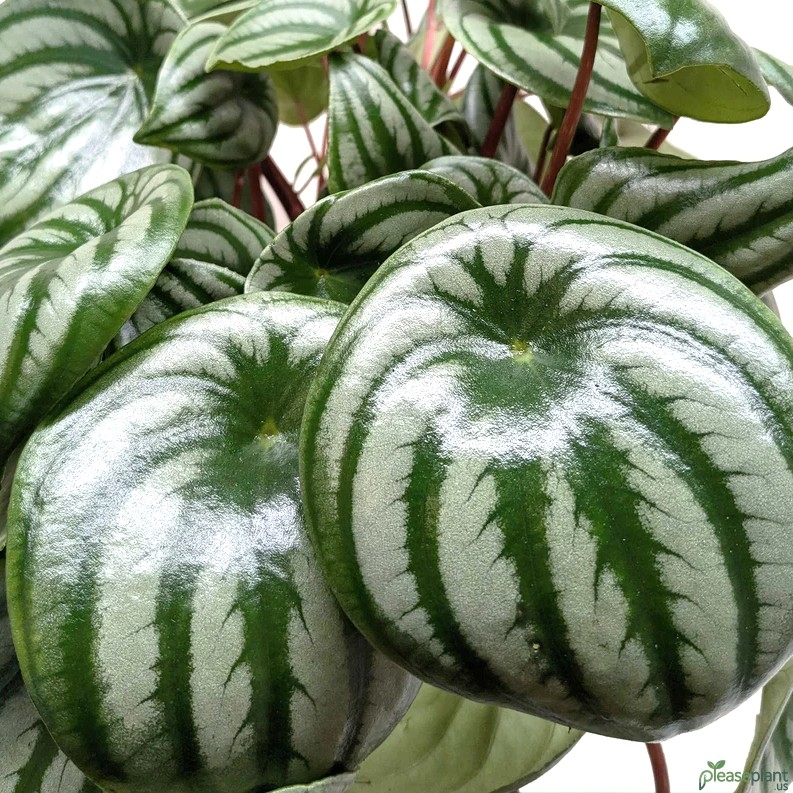The Variegated Devil's Backbone Euphorbia, also known as the Zig-Zag Plant, is a stunning addition to any home but comes with questions about toxicity. Is it dangerous for your curious pets or children? Let me share my experience and some useful tips to keep your loved ones safe while enjoying this unique plant’s charm. From its sharp zig-zag stems to the milky sap that can irritate skin, we’ll cover everything you need to know about this intriguing but potentially toxic plant.
My Zig-Zag Plant Story
I've always been fascinated by quirky plants with character, and the Variegated Devil's Backbone Euphorbia or Zig-Zag Plant caught my eye years ago at a nursery. Its twisted, zig-zag shaped stems and variegated leaves gave my shelf that extra oomph. But, as a pet owner, a nagging question popped up: "Is this plant safe for my furry friends or even for the kids who sometimes wander into the room?" Spoiler alert: the answer is a bit tricky.
What Makes the Zig-Zag Plant Toxic?
The Zig-Zag Plant belongs to the Euphorbia family, known for its milky sap that can be a real pain in the neck. This sap contains latex and other compounds that are mildly toxic. If a pet or person gets sap on their skin, you might see redness or irritation, and god forbid it reaches the eyes—ouch! Ingesting parts of the plant can lead to more severe symptoms like vomiting, drooling, or stomach upset, especially in cats and dogs. So, while it’s not the deadliest plant out there, it’s definitely not a harmless one either.
How to Keep Your Pets and People Safe
First thing’s first: location, location, location. Put your Zig-Zag Plant well out of reach from pets and small children. An elevated shelf or a room they don’t frequent works wonders. If you’re like me and your cat thinks every plant is a chew toy, consider physical barriers or even using deterrent sprays designed for plants. And the classic tip—always wash your hands after handling it to avoid accidental sap contact. Oh, and if your pet somehow nibbles on it, don’t panic but do call your vet just to be safe.
Is It Worth Owning Despite the Risks?
You might wonder if the trouble is worth it. Honestly, the Zig-Zag Plant is low maintenance, drought tolerant, and adds a unique sculptural vibe to your space. For plant lovers who can keep it out of harm’s way, it’s a stellar choice. Just don’t expect it to be a cuddle buddy or plaything for your pets—it’s more like that edgy roommate who looks cool but comes with a warning label.
A Few Tips From My Garden
When I first brought home my Zig-Zag Plant, I made the mistake of placing it near my dog’s favorite lounging spot — big no-no. After a few close calls with sap on his nose and paw, I moved it higher and now it thrives without drama. Also, I learned the hard way that pruning is best done with gloves because the sap can sneak up on you. And if you spot any sap drips, clean them off quickly to avoid stains or irritation.
So, is the Variegated Devil's Backbone Euphorbia toxic? Yes, but it’s manageable with some common sense and care. It’s not the friendliest plant for homes with curious pets or toddlers, but with precaution, it can be an eye-catching, safe addition to your collection.

